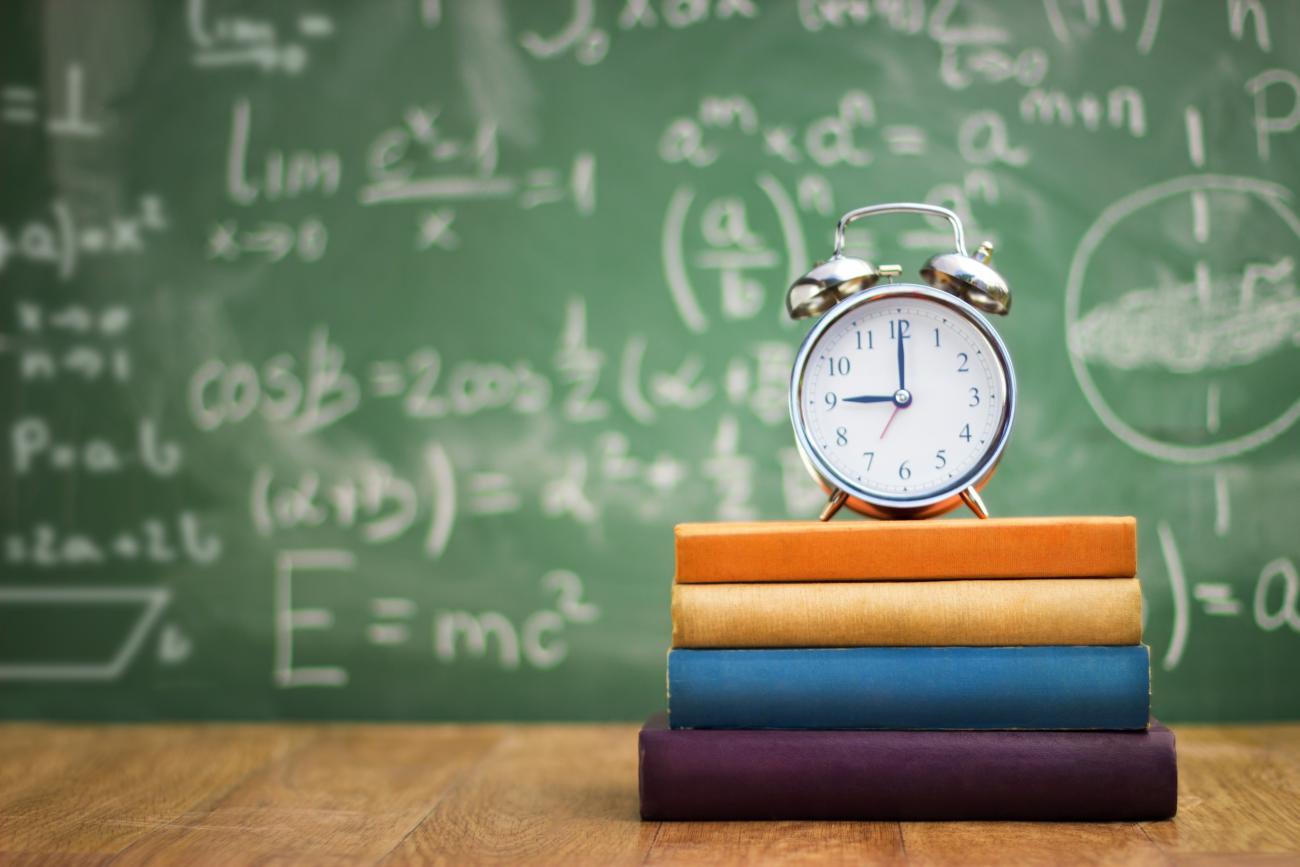
Research shows the best ways to learn math
Students learn math best when they approach the subject as something they enjoy. Speed pressure, timed testing and blind memorization pose high hurdles in the pursuit of math, according to Jo Boaler, professor of mathematics education at Stanford Graduate School of Education and lead author on a new working paper called "Fluency Without Fear."
"There is a common and damaging misconception in mathematics – the idea that strong math students are fast math students," said Boaler, also cofounder of YouCubed at Stanford, which aims to inspire and empower math educators by making accessible in the most practical way the latest research on math learning.
Fortunately, said Boaler, the new national curriculum standards known as the Common Core Standards for K-12 schools de-emphasize the rote memorization of math facts. Maths facts are fundamental assumptions about math, such as the times tables (2 x 2 = 4), for example. Still, the expectation of rote memorization continues in classrooms and households across the United States.
While research shows that knowledge of math facts is important, Boaler said the best way for students to know math facts is by using them regularly and developing understanding of numerical relations. Memorization, speed and test pressure can be damaging, she added.
Number sense is critical
On the other hand, people with "number sense" are those who can use numbers flexibly, she said. For example, when asked to solve the problem of 7 x 8, someone with number sense may have memorized 56, but they would also be able to use a strategy such as working out 10 x 7 and subtracting two 7s (70-14).
"They would not have to rely on a distant memory," Boaler wrote in the paper.
In fact, in one research project the investigators found that the high-achieving students actually used number sense, rather than rote memory, and the low-achieving students did not.
The conclusion was that the low achievers are often low achievers not because they know less but because they don't use numbers flexibly.
"They have been set on the wrong path, often from an early age, of trying to memorize methods instead of interacting with numbers flexibly," she wrote. Number sense is the foundation for all higher-level mathematics, she noted.
Role of the brain
Boaler said that some students will be slower when memorizing, but still possess exceptional mathematics potential.
"Math facts are a very small part of mathematics, but unfortunately students who don't memorize math facts well often come to believe that they can never be successful with math and turn away from the subject," she said.
Prior research found that students who memorized more easily were not higher achieving – in fact, they did not have what the researchers described as more "math ability" or higher IQ scores. Using an MRI scanner, the only brain differences the researchers found were in a brain region called the hippocampus, which is the area in the brain responsible for memorizing facts – the working memory section.
But according to Boaler, when students are stressed – such as when they are solving math questions under time pressure – the working memory becomes blocked and the students cannot as easily recall the math facts they had previously studied. This particularly occurs among higher achieving students and female students, she said.
Some estimates suggest that at least a third of students experience extreme stress or "math anxiety" when they take a timed test, no matter their level of achievement. "When we put students through this anxiety-provoking experience, we lose students from mathematics," she said.
Math treated differently
Boaler contrasts the common approach to teaching math with that of teaching English. In English, a student reads and understands novels or poetry, without needing to memorize the meanings of words through testing. They learn words by using them in many different situations – talking, reading and writing.
"No English student would say or think that learning about English is about the fast memorization and fast recall of words," she added.
Strategies, activities
In the paper, coauthored by Cathy Williams, cofounder of YouCubed, and Amanda Confer, a Stanford graduate student in education, the scholars provide activities for teachers and parents that help students learn math facts at the same time as developing number sense. These include number talks, addition and multiplication activities, and math cards.
Importantly, Boaler said, these activities include a focus on the visual representation of number facts. When students connect visual and symbolic representations of numbers, they are using different pathways in the brain, which deepens their learning, as shown by recent brain research.
"Math fluency" is often misinterpreted, with an over-emphasis on speed and memorization, she said. "I work with a lot of mathematicians, and one thing I notice about them is that they are not particularly fast with numbers; in fact some of them are rather slow. This is not a bad thing; they are slow because they think deeply and carefully about mathematics."
She quotes the famous French mathematician, Laurent Schwartz. He wrote in his autobiography that he often felt stupid in school, as he was one of the slowest math thinkers in class.
Math anxiety and fear play a big role in students dropping out of mathematics, said Boaler.
"When we emphasize memorization and testing in the name of fluency we are harming children, we are risking the future of our ever-quantitative society and we are threatening the discipline of mathematics," she said. "We have the research knowledge we need to change this and to enable all children to be powerful mathematics learners. Now is the time to use it."



